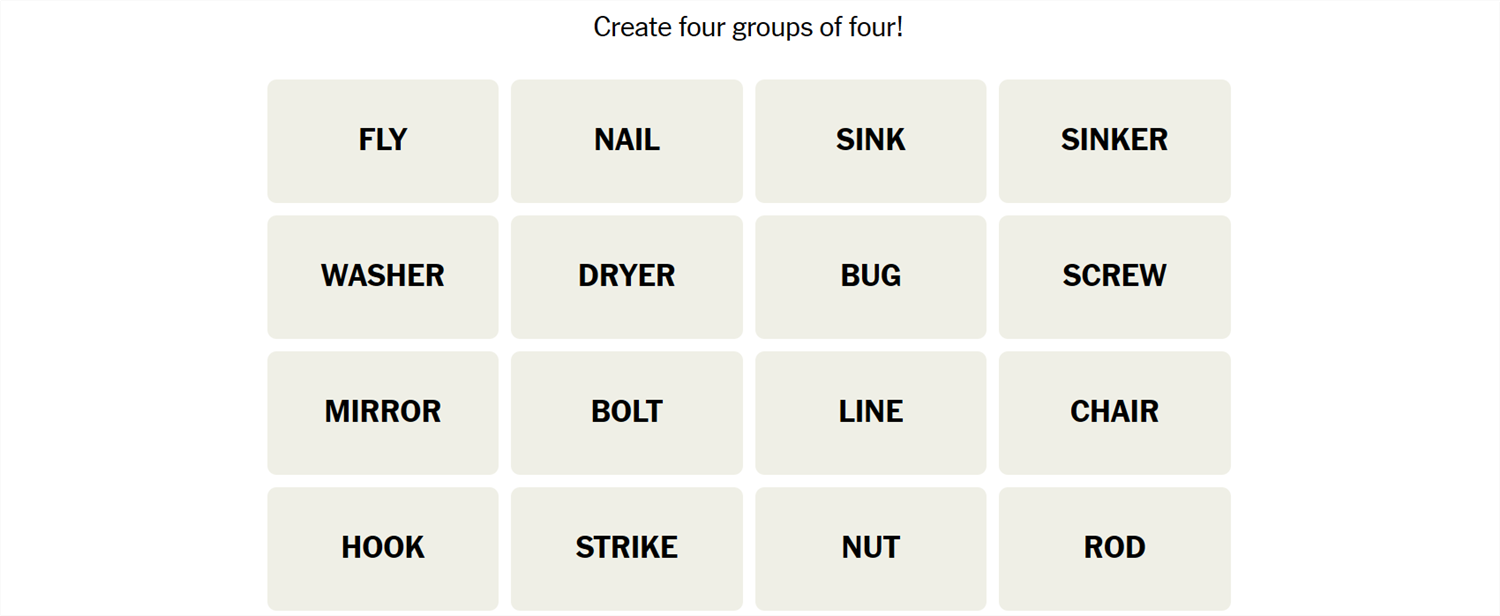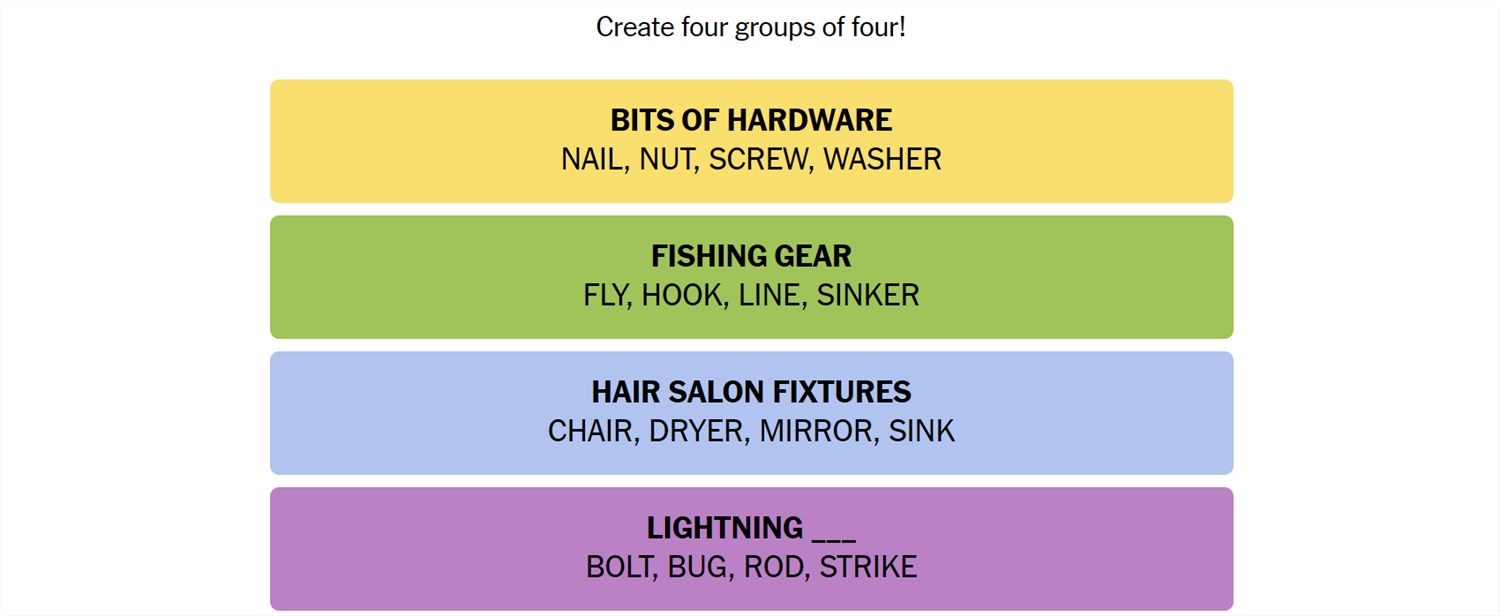Connections is a game from the New York Times that challenges you to find the association between words. It sounds easy, but it isn’t—Connections categories can be almost anything, and they’re usually quite specific. If you need a hand getting the answers, we’ve got you covered.
What Is Connections?
Connections is a game from the New York Times. The objective is simple: sort 16 words into groups of 4. Each group of words will be connected by some common idea or theme. That common element could be anything. We have seen everything from games that rely on the number of letters in the words to categories that require you to spot an extra letter at the end of the word. Sometimes they’re references to economics, other times they reference fairy tales. There is no telling what sort of association there will be between words.
Once you’re confident you understand the connection, select 4 words, then hit “Submit.” You have only four attempts in total, so don’t be too guess-happy.
Hints for Today’s Connections Groups
Here are a few hints for the 375th Connections game to get you started:
- Yellow: Fasteners
- Green: Things an angler might use.
- Blue: Used to change your style.
- Purple: The missing word is present during thunderstorms.
If you still need help, the actual group names are:
- Yellow: Bits of Hardware
- Green: Fishing Gear
- Blue: Hair Salon Fixtures
- Purple: Lightning ______
Today’s NYT Connections Answers
Bits of Hardware (Yellow):
Nail, Nut, Screw, Washer
Fishing Gear (Green):
Fly, Hook, Line, Sinker
Hair Salon Fixtures (Blue):
Chair, Dryer, Mirror, Sink
Lightning ____ (Purple):
Bolt, Bug, Rod, Strike
How Did We Solve This Connections Game?
June 20th was pretty straight forward.
The first group I spotted was Yellow, “Groups of Hardware.” Nails, nuts, screws, and washers are all things commonly used in construction and general assembly, so they seemed like a very natural group.
Next, I started with the word hook. Hook, line, and sinker is an expression that means someone bought into something (like a scam or lie) completely without hesitation. The expression comes from fishing, and hooks, lines, and sinkers are all fishing equipment. With “Fishing Gear” in mind, fly really seemed like the only possible fit, even though it isn’t so much gear as it is, well, an insect. Collectively, fly, hook, line, and sinker were in the Green group, “Fishing Gear.”
With only 8 words left, chair, dryer, mirror, and sink all jumped out as vaguely related to bathrooms, or perhaps beauty parlors or hair salons. Blue was “Hair Salon Fixtures.”
That left bolt, bug, rod, and strike. In this situation, they’re all missing a word—lightning. Purple was just “Lightning ____,” and the words were lightning bolt, lightning bug (otherwise called a firefly), lightning rod, and lightning strike.
How Do You Guess Connections Groups?
There is no quick, reliable way to approach Connections like there is with Wordle, since Connections isn’t algorithmic. However, there are a few things to keep in mind that can help.
- Look for similar parts of speech. Are some words verbs and others nouns? Are some adjectives? Try mentally grouping them based on those categories and see if any other patterns jump out at you.
- Are the words synonyms? Sometimes categories will just be synonyms for a phrase, or very close to synonyms. Don’t rely too closely on this, though. Occasionally, Connections will deliberately throw in words that are sometimes synonyms to mislead you.
- Try saying the words. Sometimes, saying the words helps. One puzzle we saw included the words go, rate, faster, clip, pace, speed, move, commute, and hurry—all of which are obviously related to the idea of motion. However, when you say them, it becomes a little more obvious that only four (go, move, hurry, faster) are things you’d actually say to prompt someone to get moving.
- Expect the red herring. Connections usually has words that could be plausibly, yet incorrectly, grouped together. Take the words Bud, Corona, and Light, as an example. You might instinctively see those three words together and assume they’re lumped together in a category related to beer—but they weren’t.
- Look for distinct words. If a word on your board doesn’t have multiple meanings or can really only be used in one context, try using that word as the basis for a category.
- Shuffle the board. Sometimes, moving words around will help you look at them in new ways.
If you didn’t solve this one, don’t feel too bad—there’s always tomorrow! And those words may align with a topic you’re interested in, giving you a leg up on the competition.






